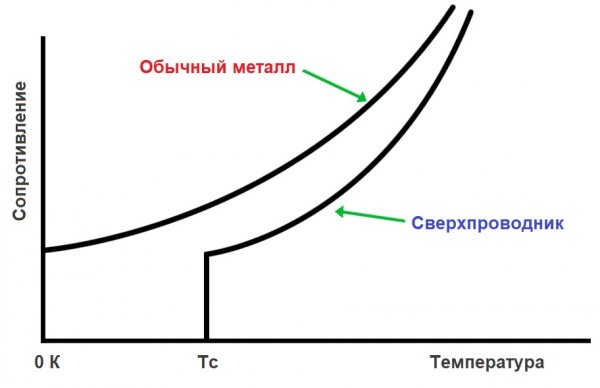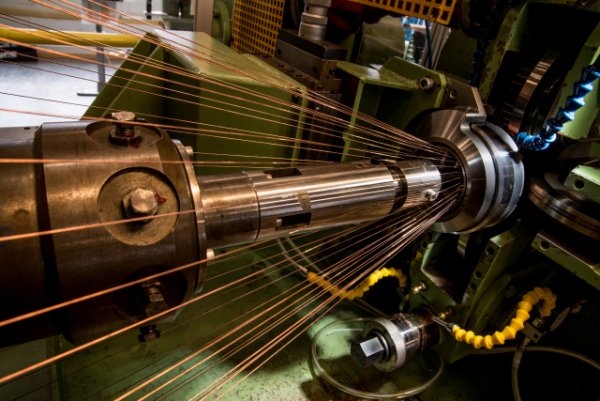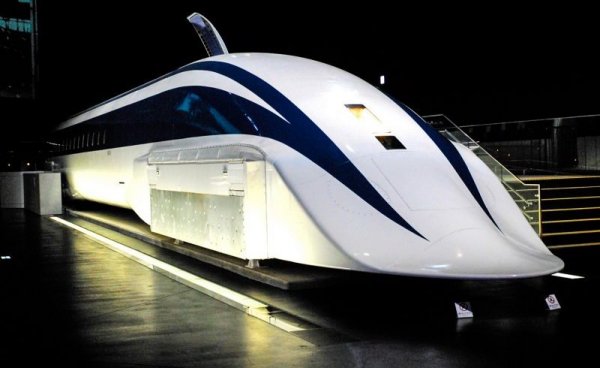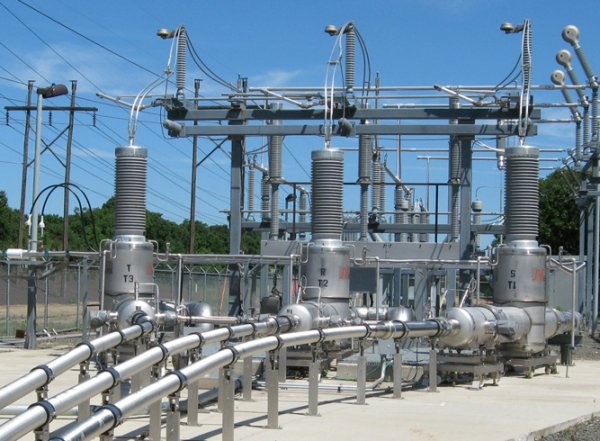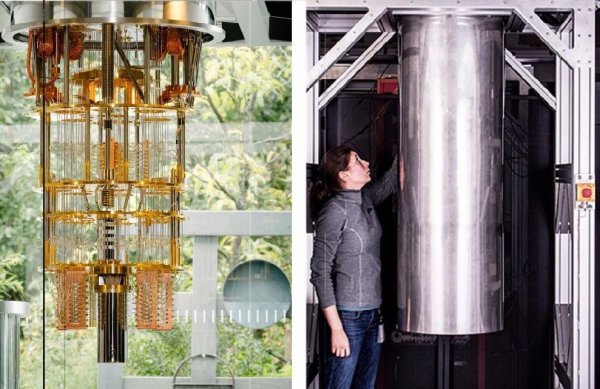Application of superconductivity in science and technology
Superconductivity is called a quantum phenomenon, which consists in the fact that some materials, when their temperature is brought to a certain critical value, begin to exhibit zero electrical resistance.
Today, scientists already know several hundred elements, alloys and ceramics capable of behaving in this way. A conductor that has gone into a superconducting state begins to show what is called Meissner effect, when the magnetic field from its volume is completely displaced outward, which, of course, contradicts the classical description of the effects associated with ordinary conduction under conditions of a hypothetical ideal, that is, zero resistance.
In the period from 1986 to 1993, a number of high-temperature superconductors were discovered, that is, those that pass into a superconducting state no longer at such low temperatures as the boiling point of liquid helium (4.2 K), but at the boiling point of liquid nitrogen ( 77 K) — 18 times higher, which in laboratory conditions can be achieved much easier and cheaper than with helium.
Increased interest in practical application superconductivity began in the 1950s when type II superconductors, with their high current density and magnetic induction, came brightly over the horizon. Then they began to acquire more and more practical importance.
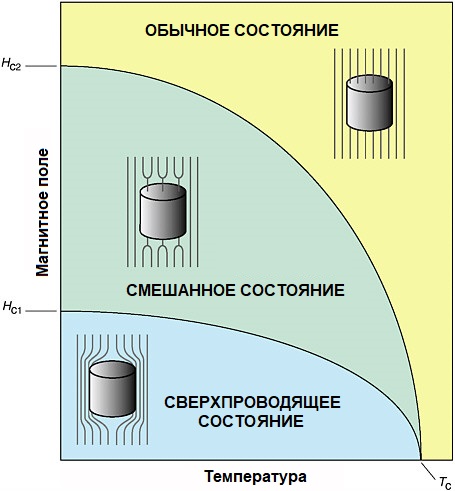
The law of electromagnetic induction tells us that around electric current there is always magnetic field... And since superconductors conduct current without resistance, it is enough simply to maintain such materials at the right temperatures and thus obtain parts for creating ideal electromagnets.
For example, in medical diagnostics, magnetic resonance imaging technology involves the use of powerful superconducting electromagnets in tomographs. Without them, doctors would not be able to obtain such impressive high-resolution images of the internal tissues of the human body without resorting to the use of a scalpel.
Superconducting alloys such as niobium-titanium and niobium-tin intermetallics have gained great importance, from which it is technically easy to obtain stable thin superconducting filaments and stranded wires.
Scientists have long since created liquefiers and refrigerators with high cooling capacity (at the temperature level of liquid helium), it was they who contributed to the development of superconducting technology back in the USSR. Even then, in the 1980s, large electromagnetic systems were built.
The world's first experimental facility, T-7, was launched, designed to study the possibility of initiating a fusion reaction, where superconducting coils are needed to create a toroidal magnetic field.In large particle accelerators, superconducting coils are also used in liquid hydrogen bubble chambers.
Turbine generators are developed and created (in the 80s of the last century, ultra-powerful turbine generators KGT-20 and KGT-1000 were created on the basis of superconductors), electric motors, cables, magnetic separators, transport systems, etc.
Flowmeters, level gauges, barometers, thermometers — superconductors are great for all these precision instruments. The main main areas of industrial application of superconductors remain two: magnetic systems and electrical machines.
Since the superconductor does not pass the magnetic flux, this means that a product of this type shields the magnetic radiation. This property of superconductors is used in precision microwave devices, as well as to protect against such a dangerous damaging factor of a nuclear explosion as powerful electromagnetic radiation.
As a result, low-temperature superconductors remain indispensable for the creation of magnets in research equipment such as particle accelerators and fusion reactors.
Magnetic levitation trains, which are actively used today in Japan, can now move at a speed of 600 km / h and have long proven their feasibility and efficiency.
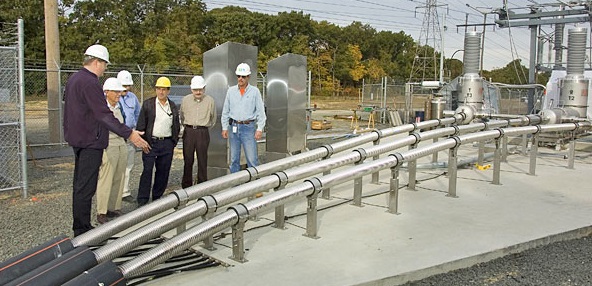
The absence of electrical resistance in superconductors makes the process of transferring electrical energy more economical. For example, a superconducting thin cable laid underground could in principle transmit power that would require a thick bundle of wires—a cumbersome line—to transmit it in the traditional way.
Currently, only the cost and maintenance issues associated with the need to continuously pump nitrogen through the system remain relevant. However, in 2008, American Superconductor successfully launched the first commercial superconducting transmission line in New York.
In addition, there is industrial battery technology that allows today to accumulate and store (accumulate) energy in the form of a continuous circulating current.
By combining superconductors with semiconductors, scientists are creating ultrafast quantum computers that are introducing the world to a new generation of computing technology.
The phenomenon of the dependence of the transition temperature of a substance in a superconducting state on the magnitude of the magnetic field is the basis of controlled resistors - cryotrons.
At the moment, of course, we can talk about significant progress in terms of progress towards obtaining high-temperature superconductors.
For example, the metal-ceramic composition YBa2Cu3Ox goes into a superconducting state at a temperature above the liquefaction temperature of nitrogen!
However, most of these solutions are due to the fact that the samples obtained are fragile and unstable; therefore, the aforementioned niobium alloys are still relevant in technology.
Superconductors make it possible to create photon detectors. Some of them use Andreev reflection, others use the Josephson effect, the fact of the presence of a critical current, etc.
Detectors have been built that record single photons from the infrared range, which show a number of advantages over detectors based on other recording principles, such as photoelectric multipliers, etc.
Memory cells can be created based on vortices in superconductors. Some magnetic solitons are already used in a similar way. Two-dimensional and three-dimensional magnetic solitons are similar to vortices in a liquid, where the role of streamlines is played by domain alignment lines.
Squids are miniature ring-based superconductor devices that operate based on the relationship between changes in magnetic flux and electric voltage. Such microdevices work in highly sensitive magnetometers capable of measuring the Earth's magnetic field, as well as in medical equipment for obtaining magnetograms of scanned organs.

